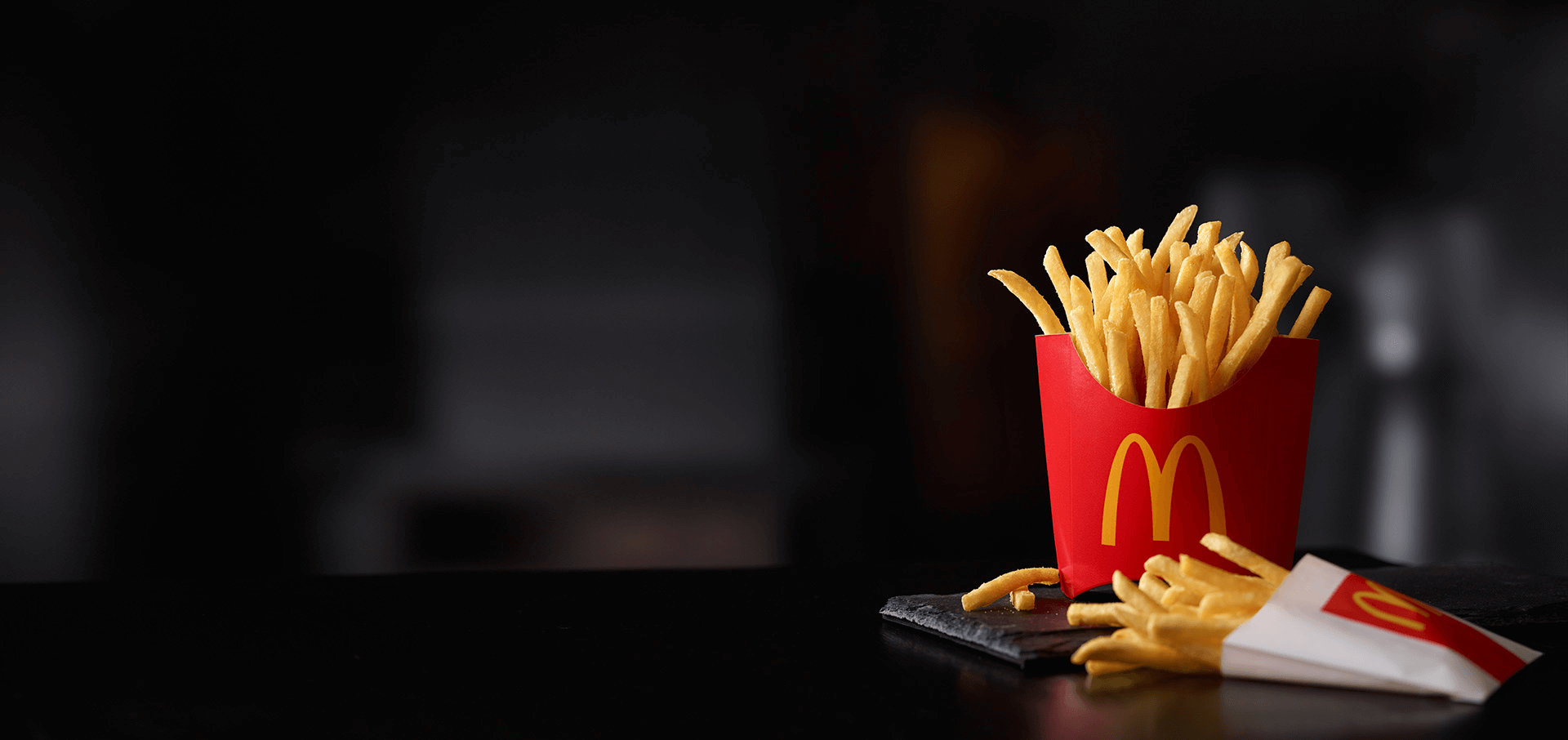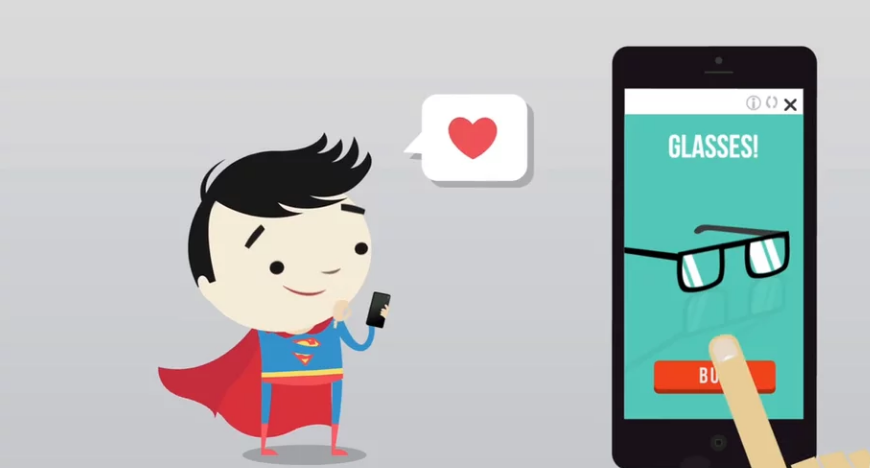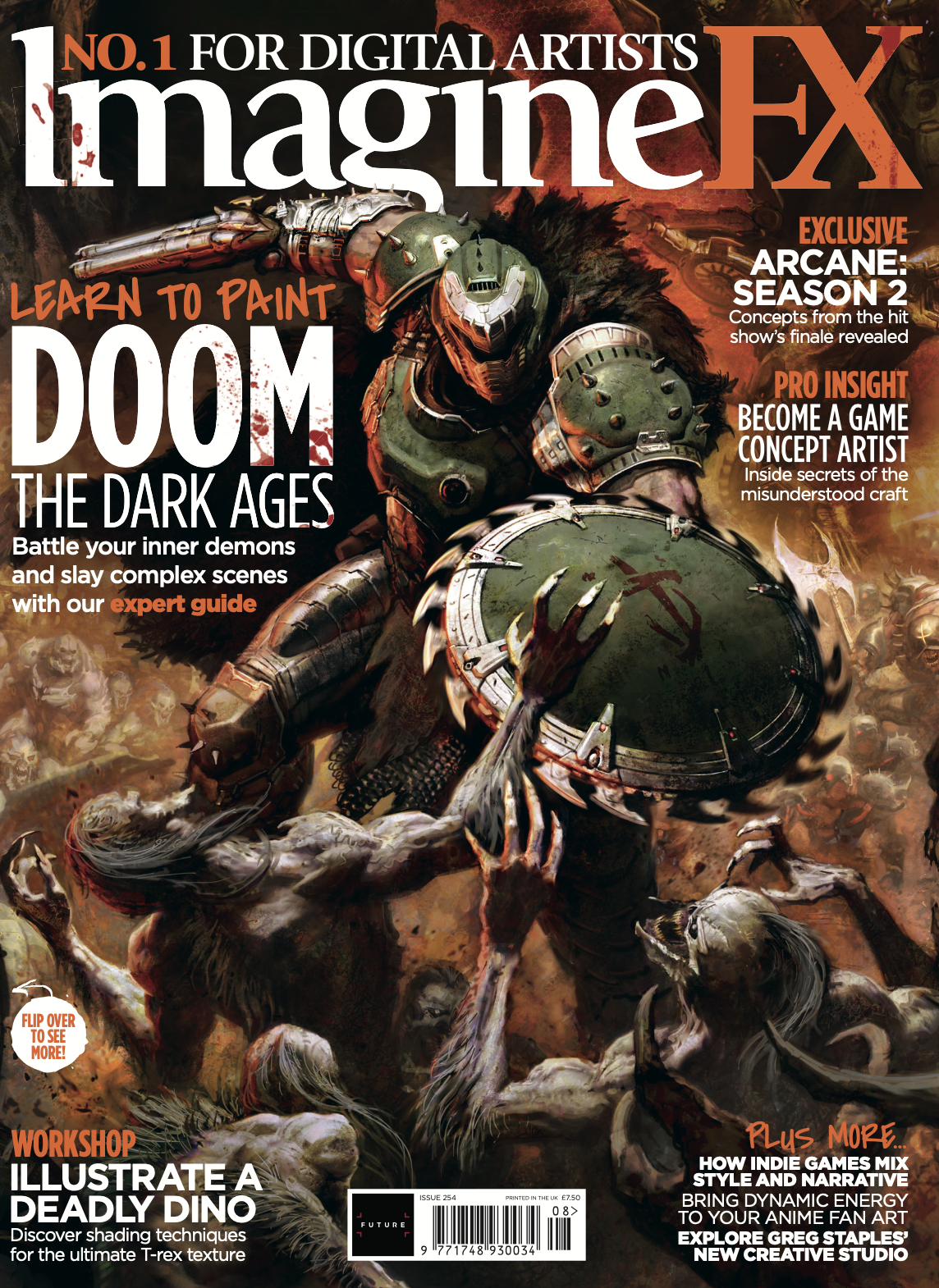When you go for a burger at McDonald’s, you’re always asked “Do you want fries with that?”. Order a coffee at Starbucks and the barista will point to a range of tempting cakes and pastries. Buy a cinema ticket and you get offered popcorn, drinks, nachos and more. But do you do the same with your freelance design clients?
Big businesses understand that attracting new customers is hard, and so the best way to boost margins is to squeeze more out of existing ones. Similarly, as a freelance designer it’s much easier to get more work from current clients than to spend time hunting for new ones.
There is, though, both a right and a wrong way to go about it, as we explain in this post. Follow these five simple steps and you shouldn’t go far wrong.
01. Understand the client’s business

Genuine story: I have ordered fries at McDonald’s and been asked “Do you want fries with that?”. It’s the perfect example of how annoying and counterproductive upselling can be when done without any empathy for the customer.
Similarly, you don’t want to just blurt out in the middle of a meeting about one design project, “What other work can I do for you?” You need to be more subtle than that, or the client will just think you see them as a cash cow, and your carefully cultivated relationship will start to fall apart.
Upselling is not about pressure selling, then, but showing that you understand a client’s needs. You need to do as much research into the company as you can, and figure out what other design services they may require. Then you need to carefully consider which of these you can realistically fulfil, given your skillset and experience.
Ideally, then you’ll anticipate your client’s needs before they’ve even thought of them themselves.For example, if they’re already paying you to lay out their brochure, ask yourself whether their logo could do updating too. If you can code, maybe you could help refresh their website, or even just maintain it (it’s worth spending time to discover much of it is outdated or broken first).
Get the Creative Bloq Newsletter
Daily design news, reviews, how-tos and more, as picked by the editors.
Are you a talented illustrator? Maybe you could offer to design a mascot or illustrate the cover of their brochure? Skilled at animation? Perhaps you could create an explainer video to promote a new product. But remember, there’s no point in offering these services unless you’ve identified a actual business need. Which brings us to step 2...
02. Sell the benefit

Once you’ve identified a business need for added design work, you have to pitch it. And remember, this time you’re not just pitching your skills as a designer, but the idea itself.
So don’t for example, just tell the company they need a new logo, but explain how it can benefit them. The current design might be too similar to a competitor, say, or maybe it’s too complex and won’t reduce down well on mobile devices. Of course, that may only be relevant if the company is pursuing a mobile or social media strategy, so again, it all comes back to doing proper research into the business and its goals.
The same goes for a new website or app: explain how that might increase their sales, in a measurable way. Don’t just tell the firm they need an explainer video, but make the argument for it. If rival services have them, that’s a good start, particularly if the clips in question have high views on YouTube or Vimeo.
Follow this kind of thinking and even if you get turned down, the client is at least going to be impressed that you’ve considered their needs properly, so it’s a win-win either way.
03. Don't undersell yourself

While selling the benefits of extra design work to an existing client can be tough, the one thing that should be easy is selling the idea of you doing it.
You’ve already proved yourself capable, friendly and efficient, and they like working with you; otherwise you wouldn’t be having this conversation in the first place. So be confident, and make sure you price up the job fairly properly; don’t even think of offering a discount at this stage.
It’s like when your favourite plumber notices a crack in your bedroom ceiling and mentions that he’s also a qualified plasterer. You’d be mad not to get him to do the job rather than someone out of the Yellow Pages. And it’s the same here: with existing clients you’re making their lives easier, so don’t act like they’re doing you a favour.
04. Don't oversell yourself

While it’s important to exude confidence in upselling your services as a freelancer, don’t fall into the trap of being overconfident, especially when it comes to your design skills. Just because your photography gets a lot of likes on Instagram doesn’t make you a professional photographer, so don’t try to pass yourself off as one. Would you be happy if your client’s photographer offered to do them a cut-price logo because he “knows how to use Adobe Illustrator”? Exactly.
05. Learn to sub-contract

What if you’ve identified a client need but you can’t fulfil it because you just don’t have enough time? Then learn to sub-contract. Find a designer friend or colleague with time on their hands and give the job to them, either in exchange for a cut, or maybe an agreement that they’ll return the favour next time they’re overloaded themselves.
Obviously, you’ll need to check over their work before you send it to the client, because you’ve taken responsibility for it. So it’s important to build that time into the schedule you give the sub-contracting designer, and keep tabs to make sure he fulfils the deadline.
That all might sound like a lot of hassle. But giving your client the impression that you’ll always be able to meet their needs, no matter how much work they give you, will only encourage them to entrust you with more and more in future.

Thank you for reading 5 articles this month* Join now for unlimited access
Enjoy your first month for just £1 / $1 / €1
*Read 5 free articles per month without a subscription

Join now for unlimited access
Try first month for just £1 / $1 / €1

Tom May is an award-winning journalist and author specialising in design, photography and technology. His latest book, The 50th Greatest Designers, was released in June 2025. He's also author of the Amazon #1 bestseller Great TED Talks: Creativity, published by Pavilion Books, Tom was previously editor of Professional Photography magazine, associate editor at Creative Bloq, and deputy editor at net magazine.
